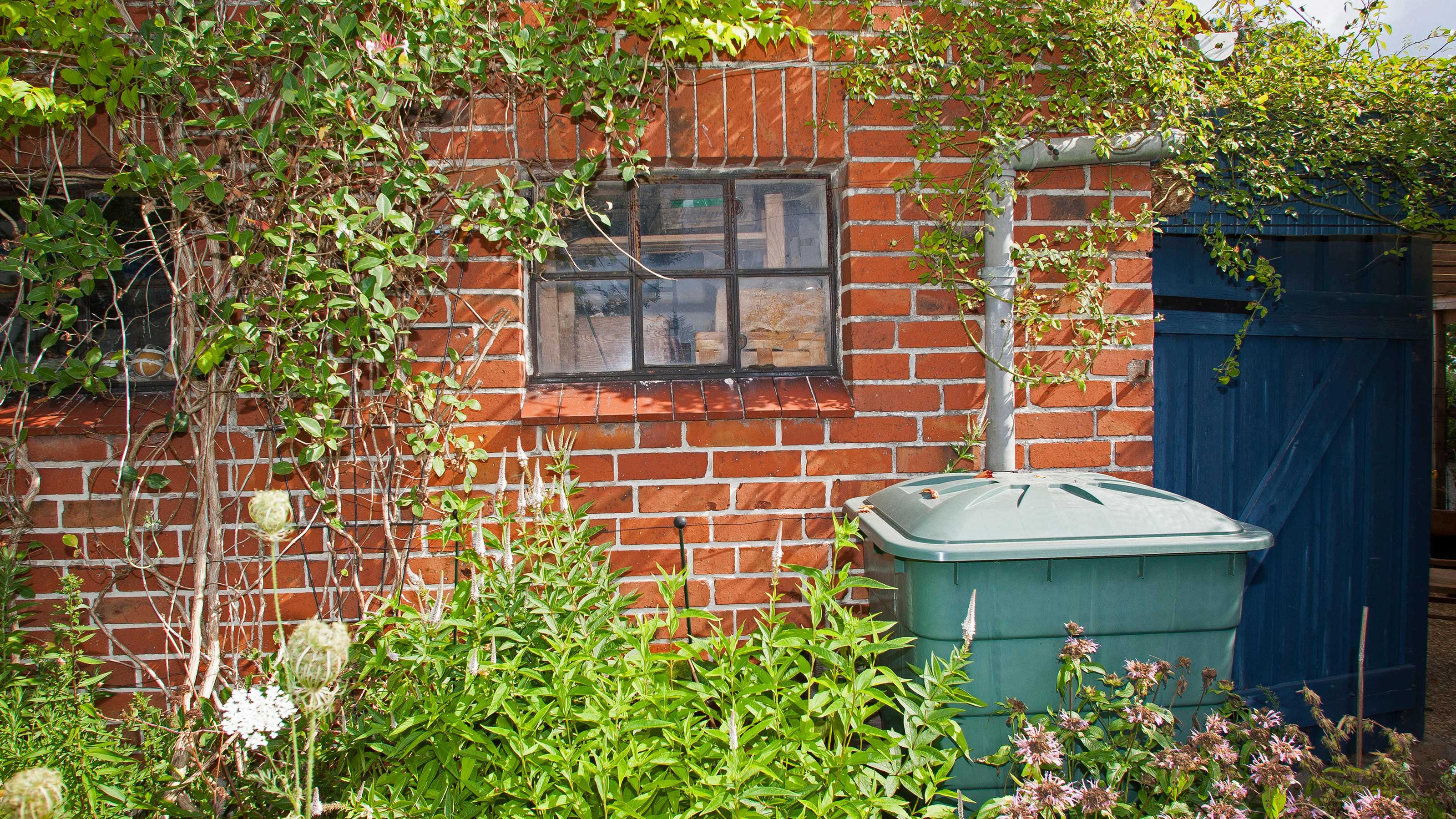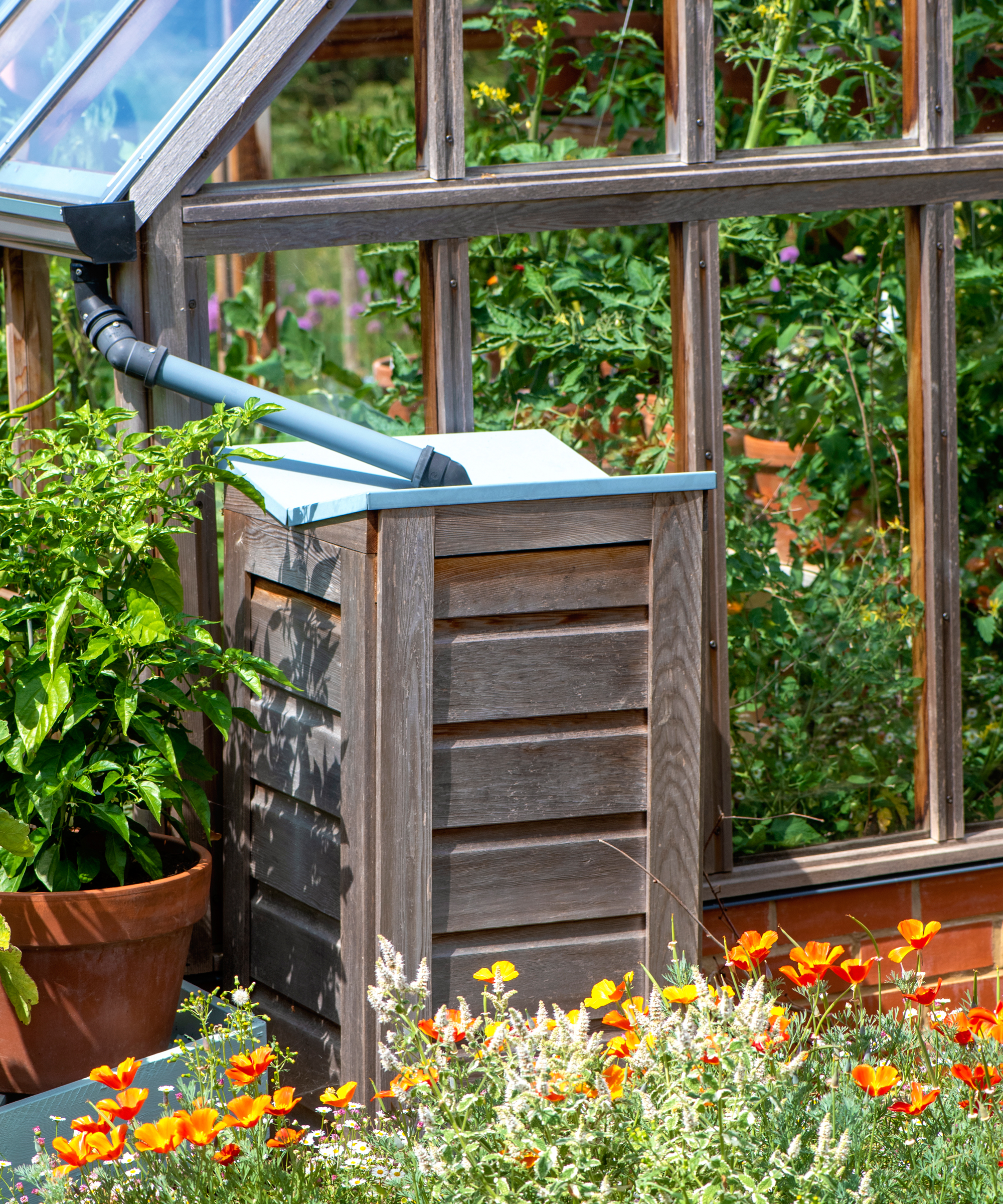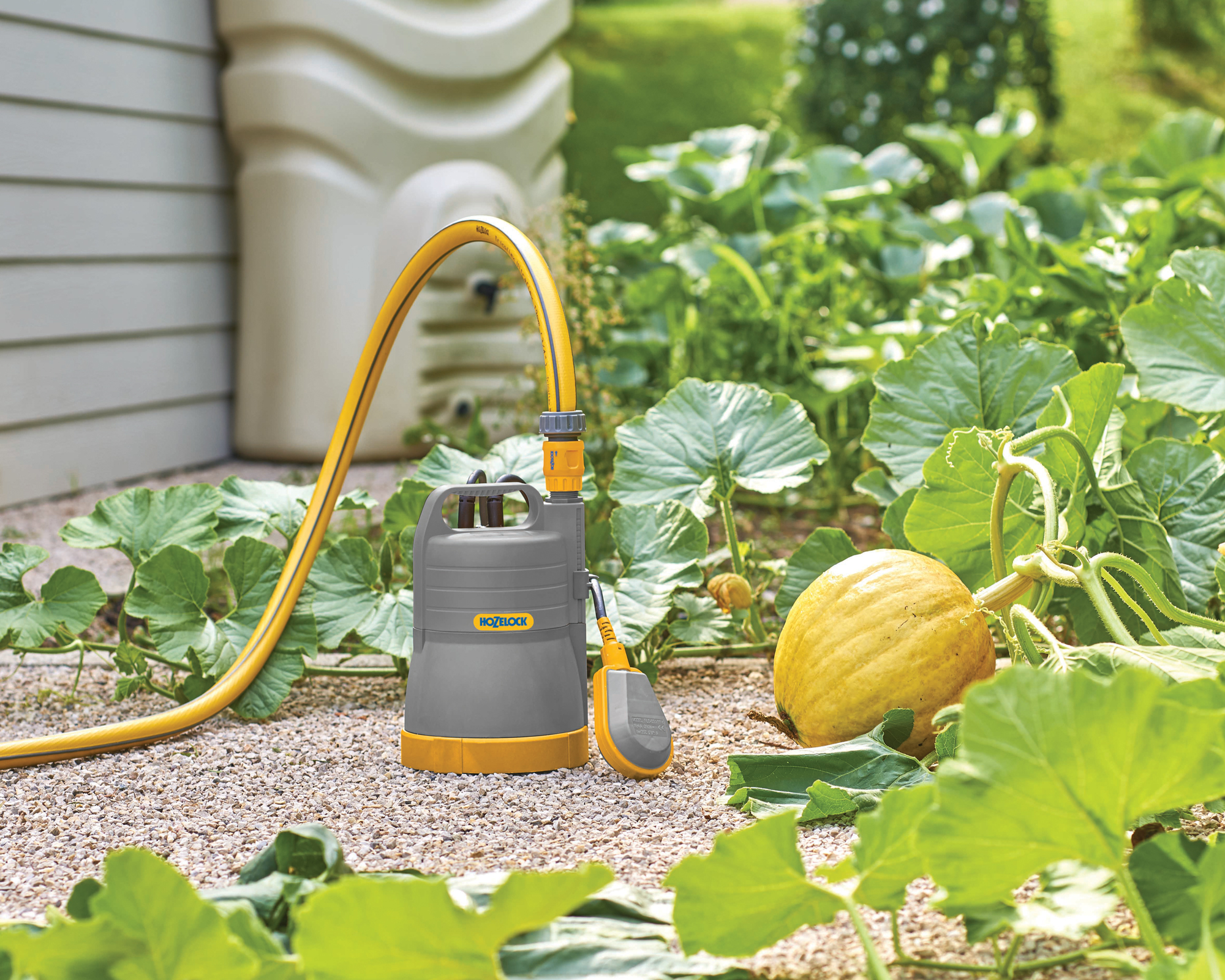Experts explain the rainwater benefits for watering your plants
The rainwater benefits for your plants are numerous; garden experts comment on the reasons you may want to start collecting rainwater instead of hosing your garden

If you've been wondering about rainwater benefits for your plants, let us reassure you. Collecting rainwater in your backyard is well worth the effort and has positive effects on your plants. Plus, there are real benefits to conserving water in climates that are warming rapidly.
Watering plants correctly is fundamental to a thriving garden, and there is plenty of evidence that using rainwater rather than water from the hose is much better for your plants.
Rainwater benefits for your plants

The most important benefit of watering your plants with rainwater is that rainwater has a pH that's much more suitable for the vast majority of plants in your backyard. Sarah Dixon, Marketing Manager at Hozelock says, 'Whilst we often think of rain as a bad thing, which can disrupt our plans, when it comes to watering the garden it is an excellent source of irrigation, especially as it has the ideal pH for the majority of plants, helping to improve growth.'
Liam Lapping, a plant expert from Flowercard elaborates: 'Rainwater is always best for your plants as it has a lower pH than hose water. It has more nitrates to help your plants grow and also has more oxygen to keep them happy and healthy.
'Mains water, especially in hard water areas, can actually raise the pH of the roots of your plants due to natural chemicals found in our mains water supply, like additive chlorine, which can be harmful.'

Flowmax Collect 2200 from Hozelock
Additionally, rainwater will typically be warmer than water from the hose, at least during the summer months. Liam explains that 'plants do not like to be watered with overly hot or overly cold water, as this can shock their systems, they prefer being watered with tepid water at an ideal temperature between 62 to 72 degrees [Fahrenheit].' By comparison, the typical temperature of hose water or cold tap water is 50–55 degrees Fahrenheit – way too cold for most plants.
And, of course, collecting rainwater is better for your wallet in the long run, even if you have to invest in a water butt to begin with, as Sarah points out: 'Aside from the important environmental benefits, collecting and using rainwater from a water butt is also a great way to reduce your water bill if you’re on a water meter and our dependence on mains water.'
Collecting rainwater is part of learning how to create an eco-friendly garden, encouraging zero-waste gardening. It may even lead you to improve your garden's drainage system or finally clear those gutters, something that's increasingly important as more areas than ever regularly experience flash floods. Thinking about conserving rainwater involves thinking about your backyard's landscaping in new ways, which is another positive – why not get inventive with some rain garden ideas?
What is the best way to collect rainwater?
There are numerous garden water-saving tips, but installing a water butt or rain barrel is the most reliable. They vary in construction and sizes, but these days many rain collecting containers easily link up to your hose using a pump and hose connector. Some come with stop valves as well, which will cut off the water supply when it runs too low inside the barrel.
Anna writes about interior design and gardening. Her work has appeared in Homes & Gardens, Livingetc, and many other publications. She is an experienced outdoor and indoor gardener and has a passion for growing roses and Japanese maples in her outside space.
